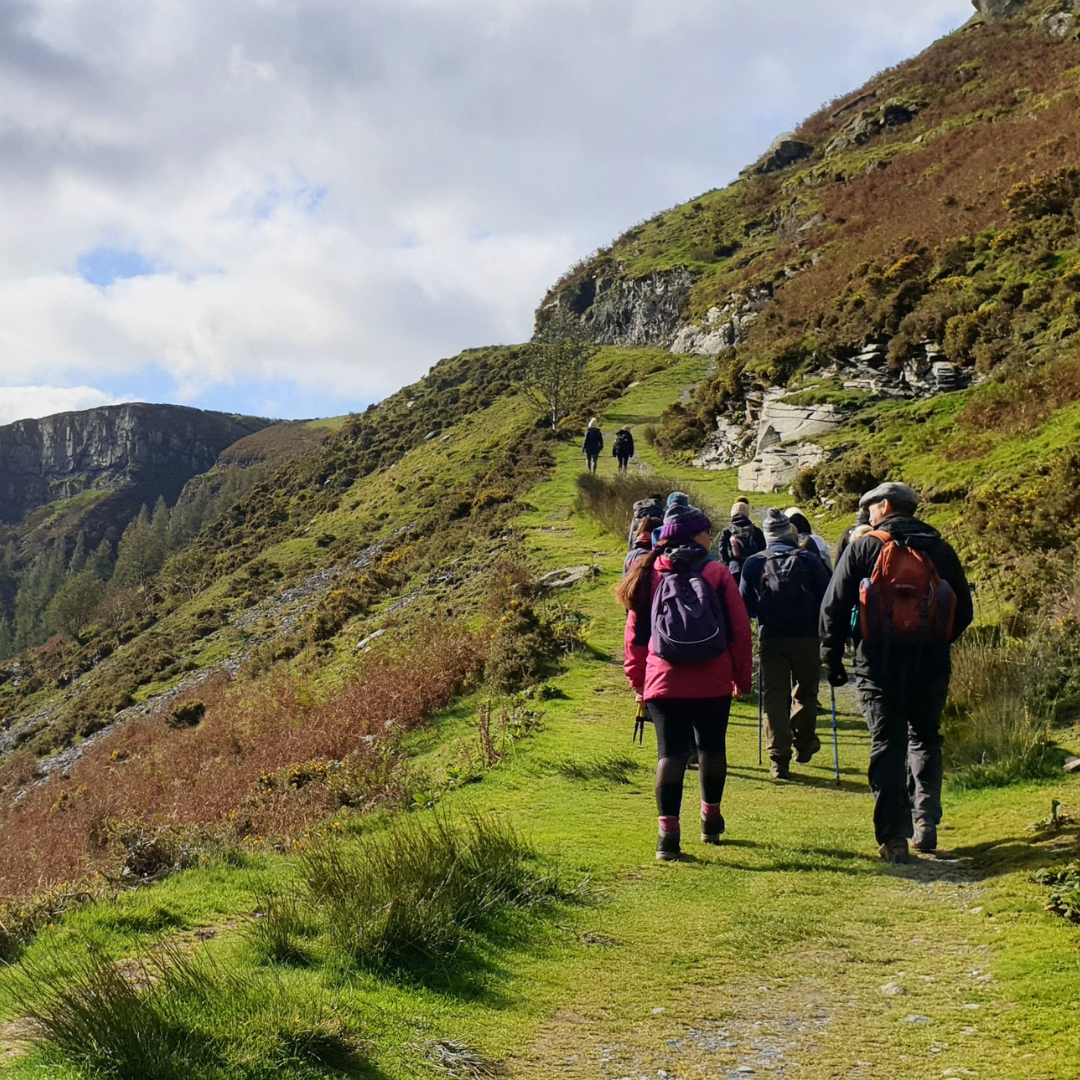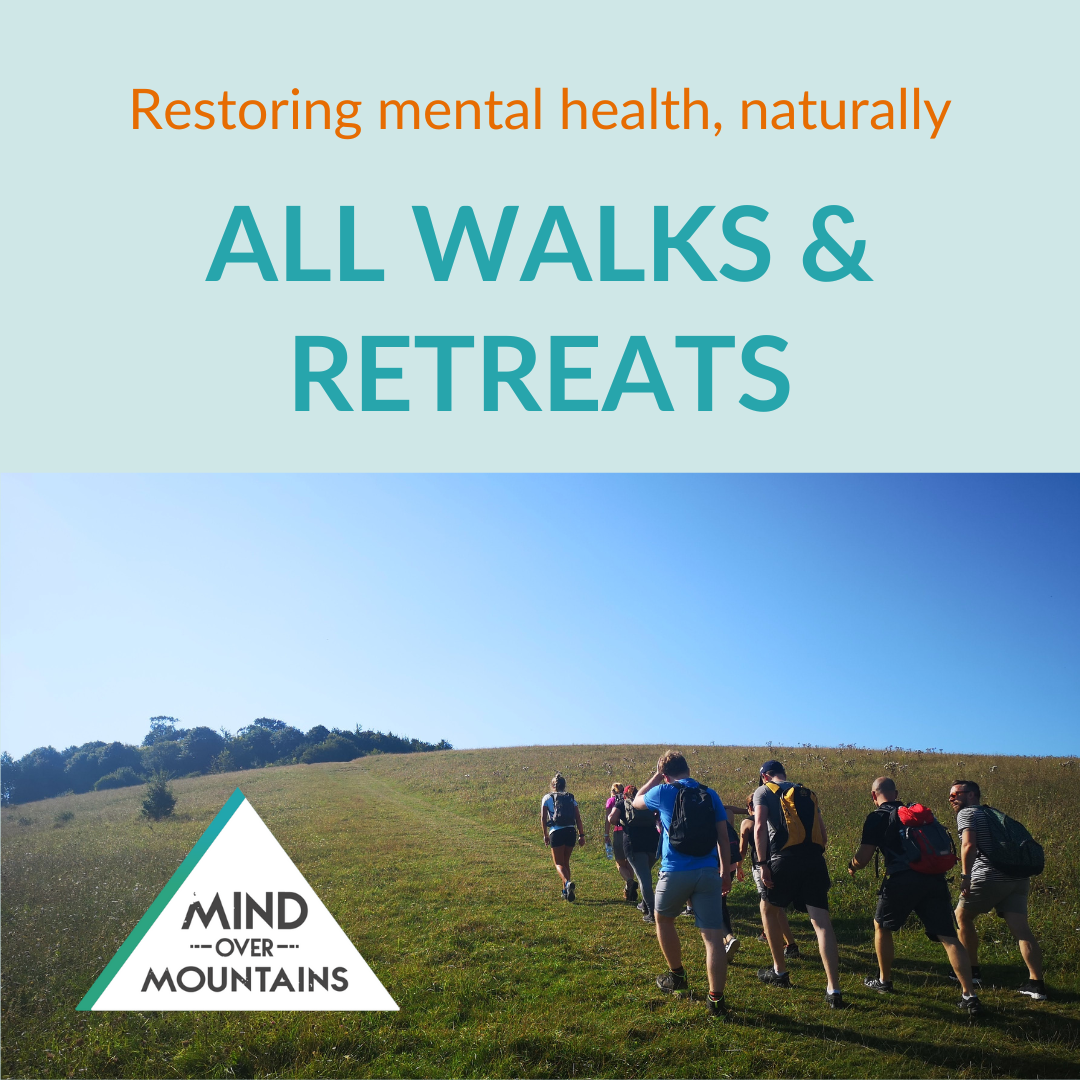

With September in full swing and the temperature certainly dropping here in the UK, you’re not alone if you find yourself wanting to curl up under a blanket rather than brace the great outdoors. Duvet days are fine, and at times a much needed part of your self-care routine - but for some, the change of seasons heading into winter can be signal the start of something a little more than the winter blues.
In fact, here in the UK around 1 in 15 of us experience symptoms of Season Affective Disorder (SAD), triggered by natural changes to sunlight during the autumn and winter. But what exactly is SAD, and how can walk and talk therapy outdoors in nature help manage symptoms? Read on to find out.
What is Seasonal Affective Disorder?
Seasonal Affective Disorder (SAD) is a type of depression that occurs at specific times of the year, usually during the colder winter months when there is less natural sunlight. People with SAD may feel low, lethargic, and experience a range of symptoms that can significantly impact daily life.
What causes SAD?
Doctors aren’t fully sure on the exact cause of SAD, but according to the NHS, there are links between the disorder and a reduction in sunlight during the shorter days throughout autumn and winter. It’s thought that less exposure to sunlight leads to:
- Higher levels of melatonin, a hormone produced in response to darkness, essential for sleep.
- Lower levels of serotonin, essential for mood regulation.
- Disrupted circadian rhythm, resulting in in broken sleep routines which can lead to symptoms of SAD.
Anyone can develop SAD, but it can also run in families.
How does SAD impact day to day life?
The symptoms associated with SAD can severely affect daily routines. They include:
- Persistent low mood
- Loss of interest in activities once enjoyed
- Irritability
- Feelings of despair, guilt, and worthlessness
- Difficulty concentrating
- Fatigue and lethargy
- Changes in sleep patterns, such as sleeping more than usual
These symptoms can feel hard to manage, but you don’t need to do that alone. Make an appointment with your GP to talk about how you’re feeling, and ask about remedies such as light boxes or lamps that can help to combat the effects of shorter days in winter. Your doctor might also recommend walk and talk therapy in nature…

How can Mind Over Mountains’ walk and talk therapy help with SAD?
Here at Mind Over Mountains, we believe in the power of what we do, and the evidence is increasingly supportive of our vision.
Walk and talk therapy outdoors in nature, with our trained coaches and counsellors, can be hugely beneficial to supporting wellbeing - and our approach can be a powerful way to manage SAD symptoms too.
Walking and talking
Physical movement, especially walking, has been shown to boost endorphin levels, naturally elevating mood and countering feelings of depression. And the combination of movement with open conversation often makes it easier for people to express their emotions, leading to more productive sessions too.
The Healing Power of Nature
Spending time outdoors, especially in scenic and peaceful environments, can play a vital role in alleviating the symptoms of SAD.
Just 15 minutes outside in nature can boost mood, reduce stress and lower anxiety. And we also know that sunlight, even on a cloudy day, helps to regulate the body's circadian rhythms and boost serotonin levels - leading to improved mood and better energy levels too.
Not to mention the fact that making a connection with nature can also help to reduce stress and anxiety, helping individuals feel more grounded and less overwhelmed by negative thoughts. Simply being in a natural setting can bring a sense of calm, making it easier to process emotions and challenges.
Building Community & Resilience
And it’s not just the connections with nature which are hugely important here. Connecting with others also plays a critical role in supporting your own wellbeing. So meeting with others, walking alongside them, talking and listening - all of this can help to alleviate SAD symptoms.
We encourage group walks so that individuals can share their experiences, provide mutual support to others, and build resilience together. Falling in step with someone else who understands something of the struggles you may be experiencing can be huge when you realise you’re not alone in your journey.
If you’re finding the shorter days and lower temperatures a challenge, please do get in touch to find out more about our wellbeing walks and retreats. As tempting as it might seem to stay inside and hibernate for the winter, getting yourself out and into the outdoors is a great first step towards restoring your mental fitness. And taking subsequent steps with us, and with others who understand, can be so beneficial to your wellbeing over the coming months.










